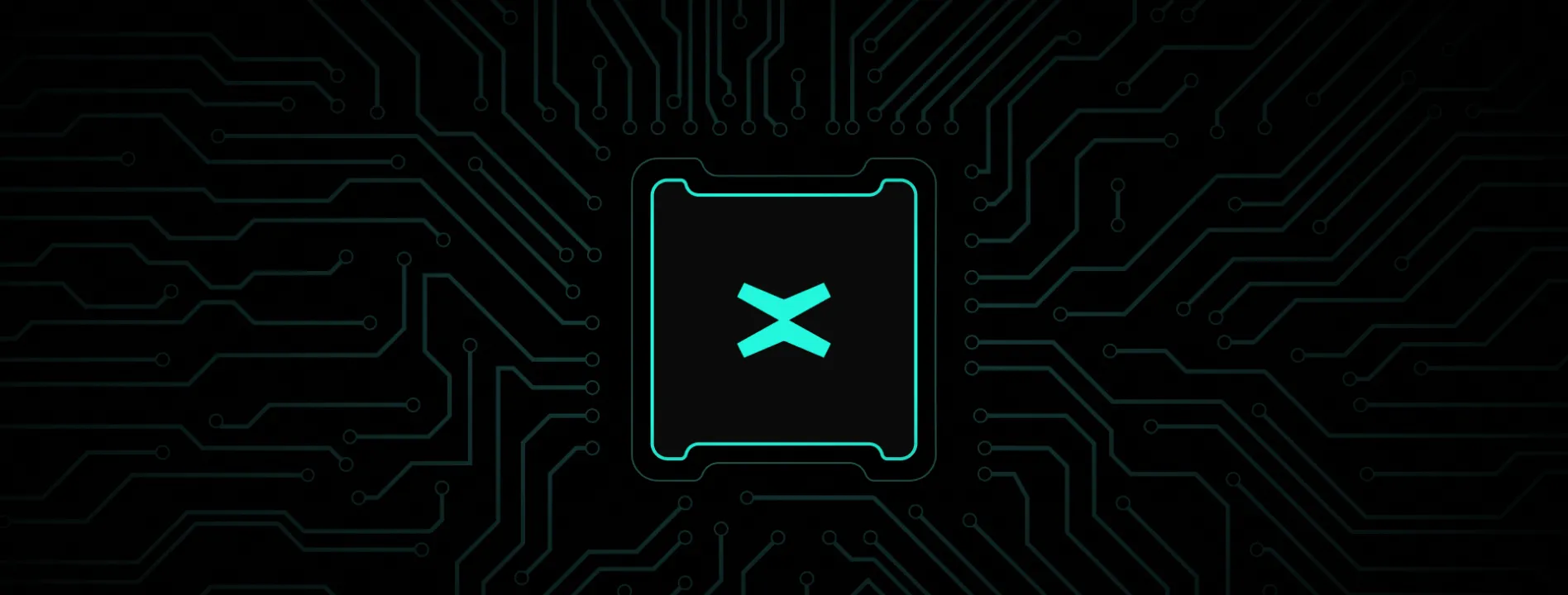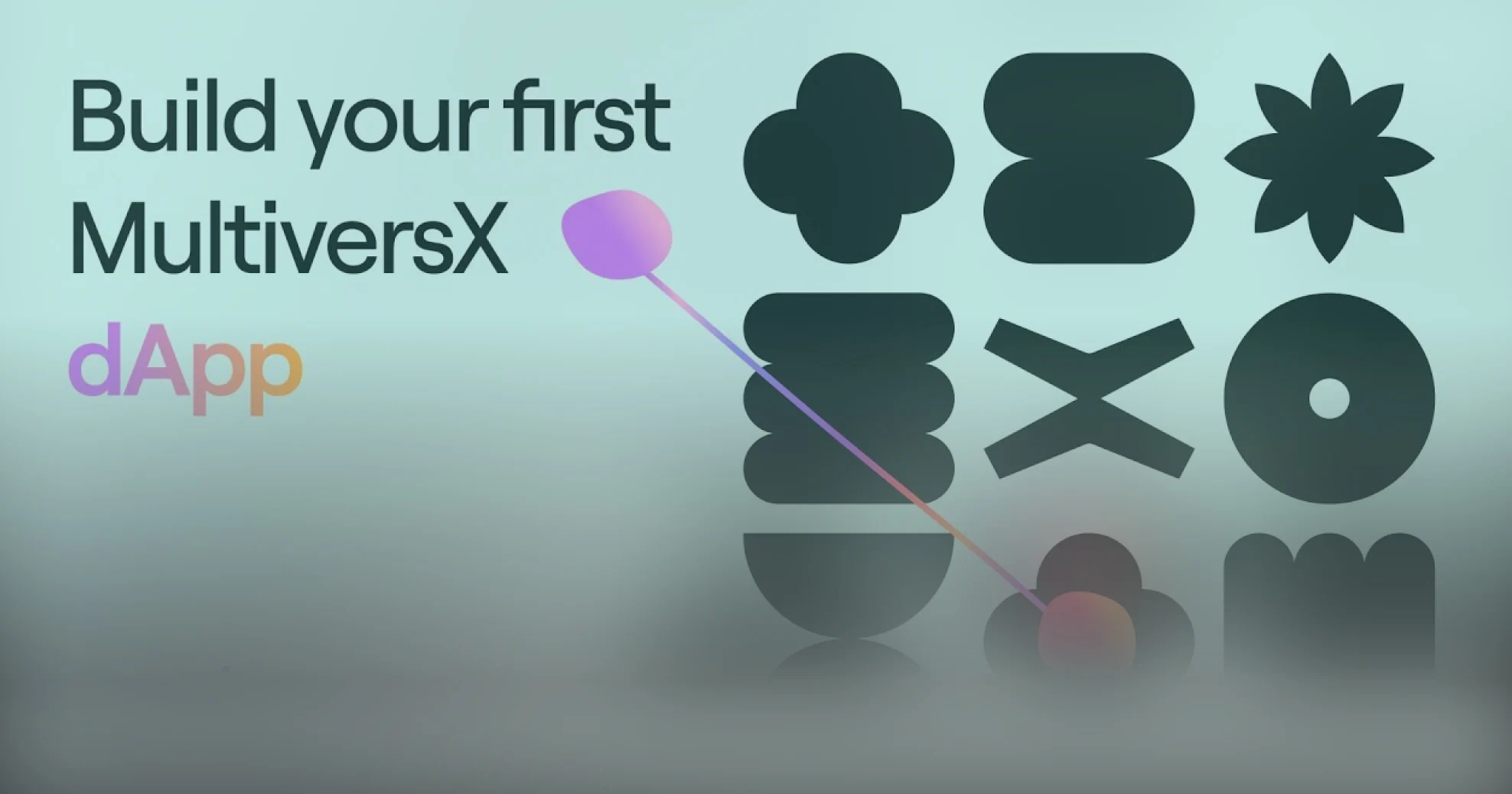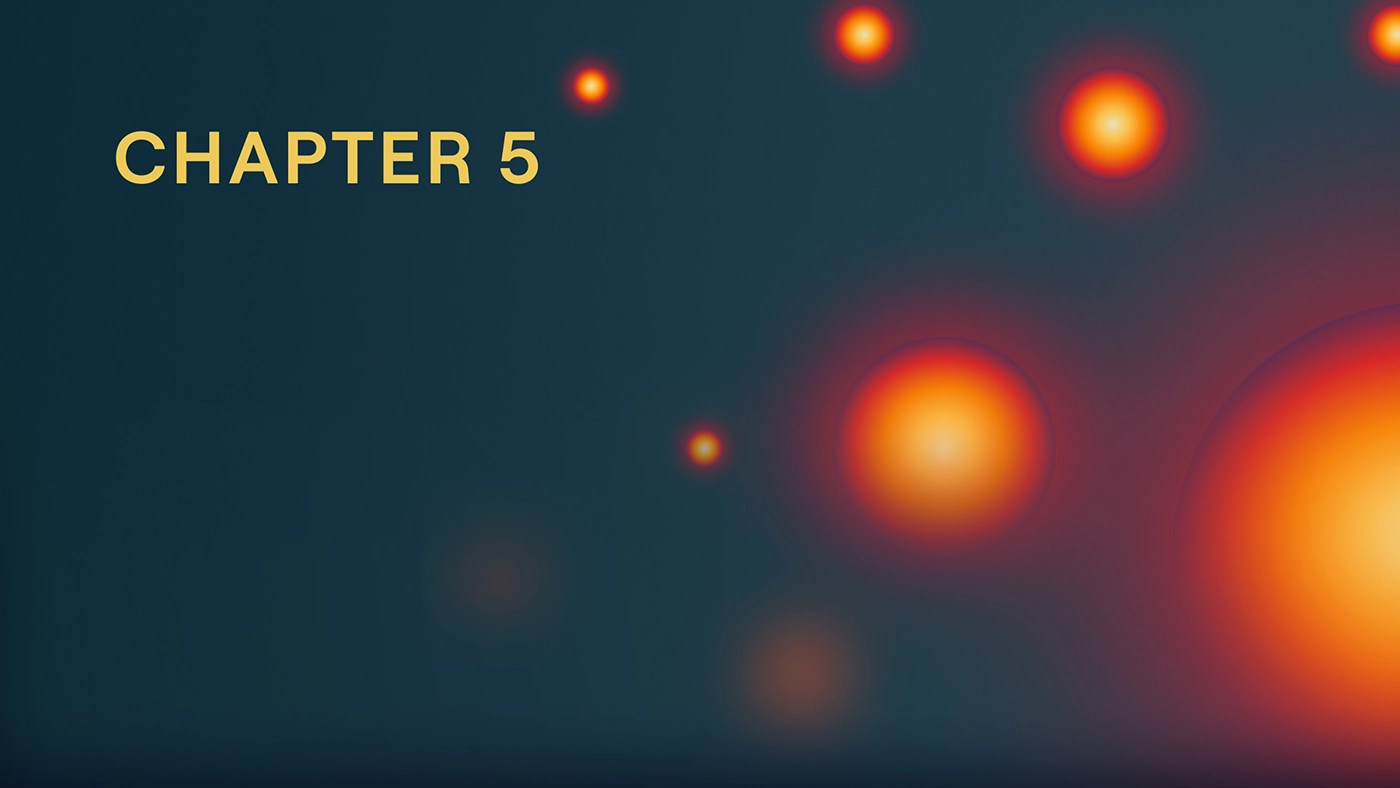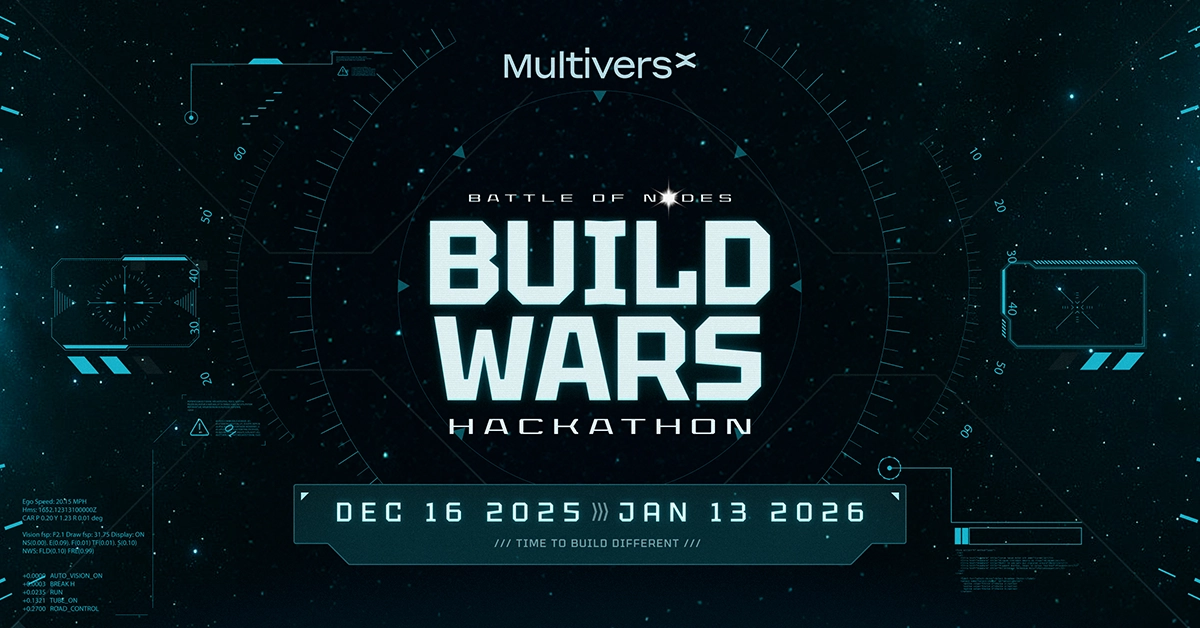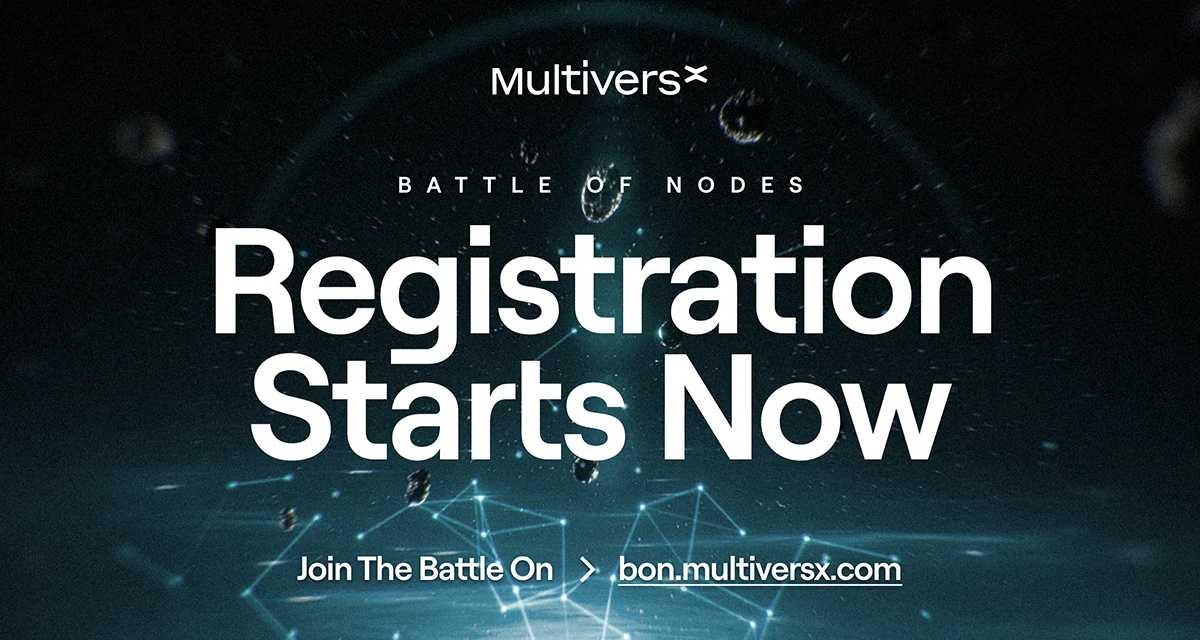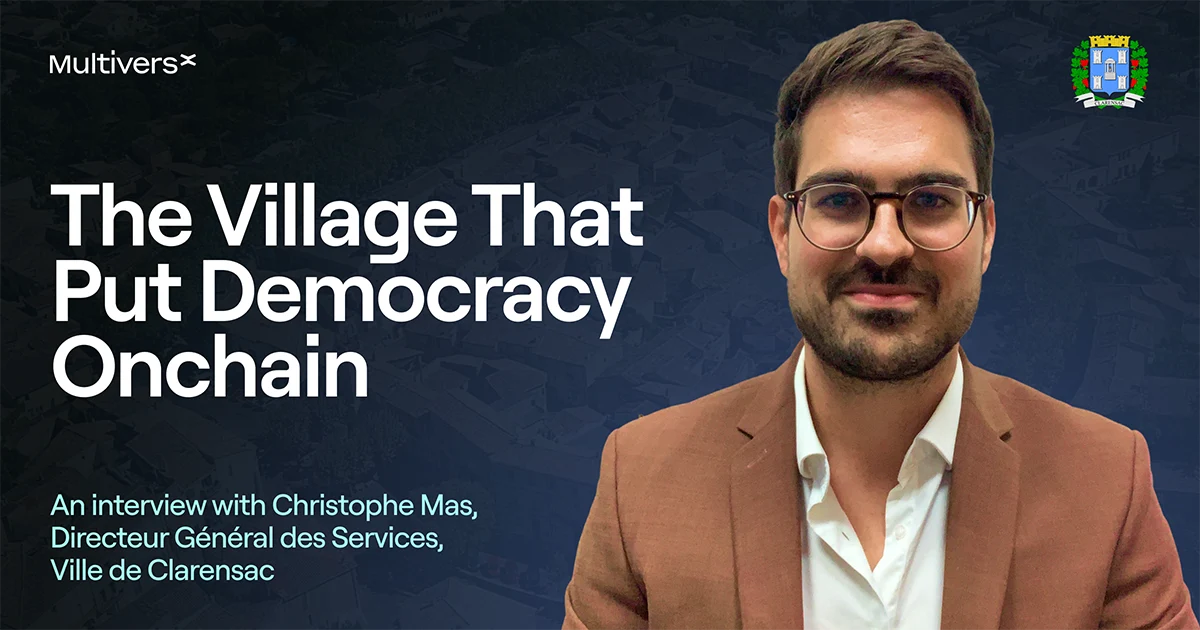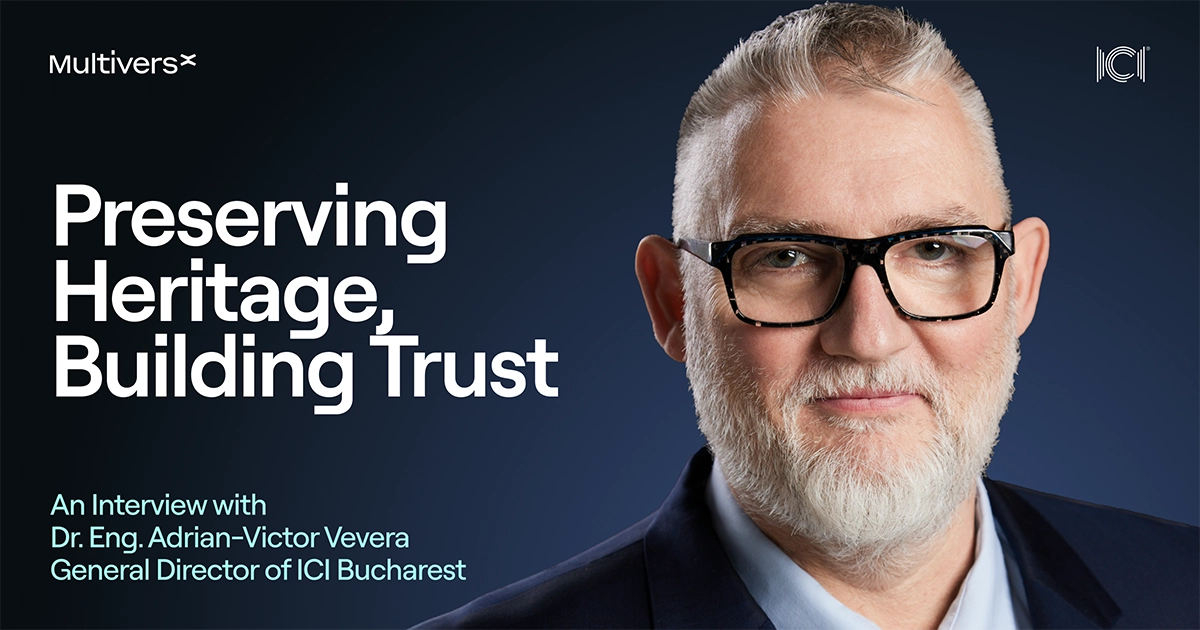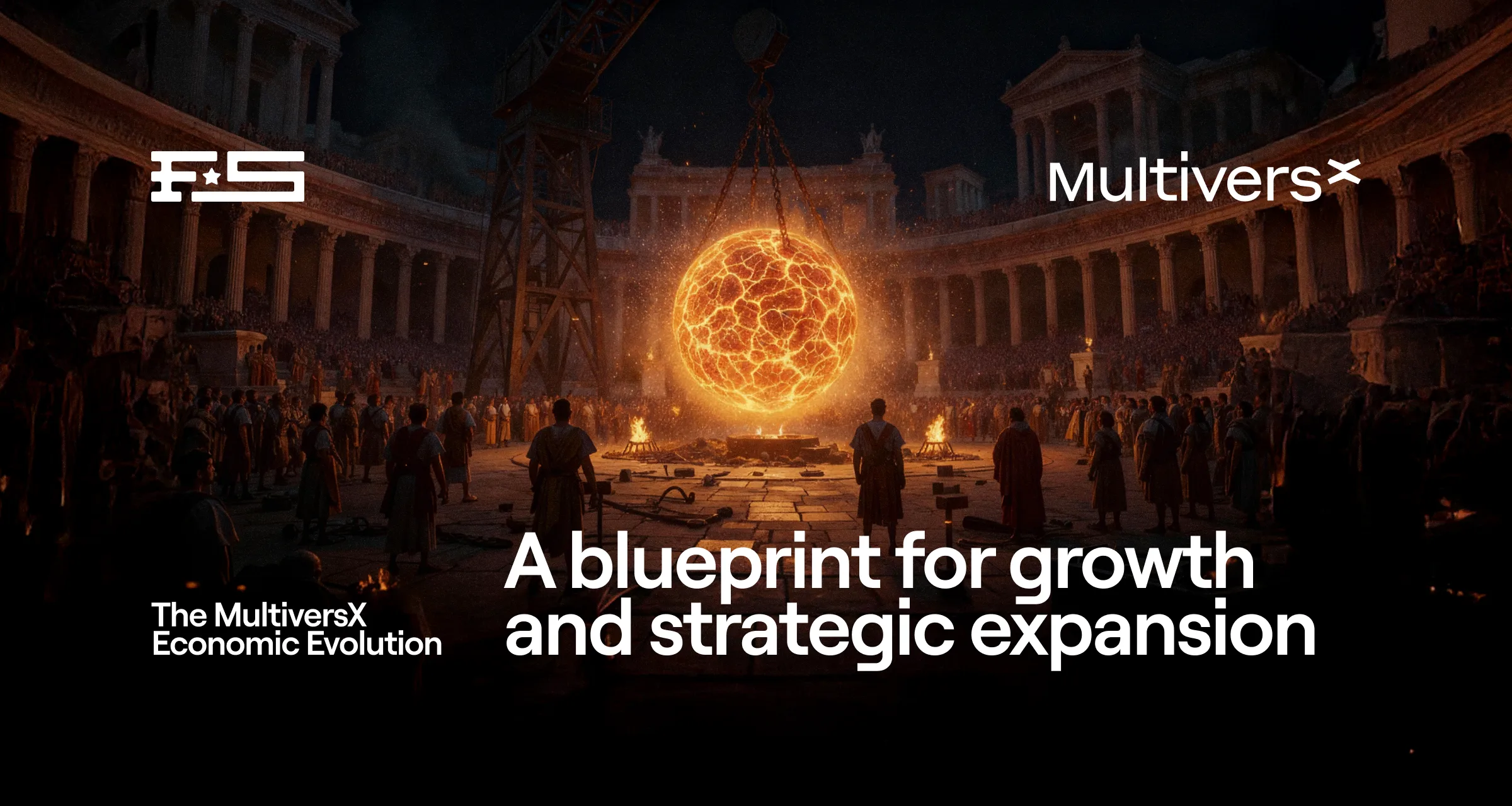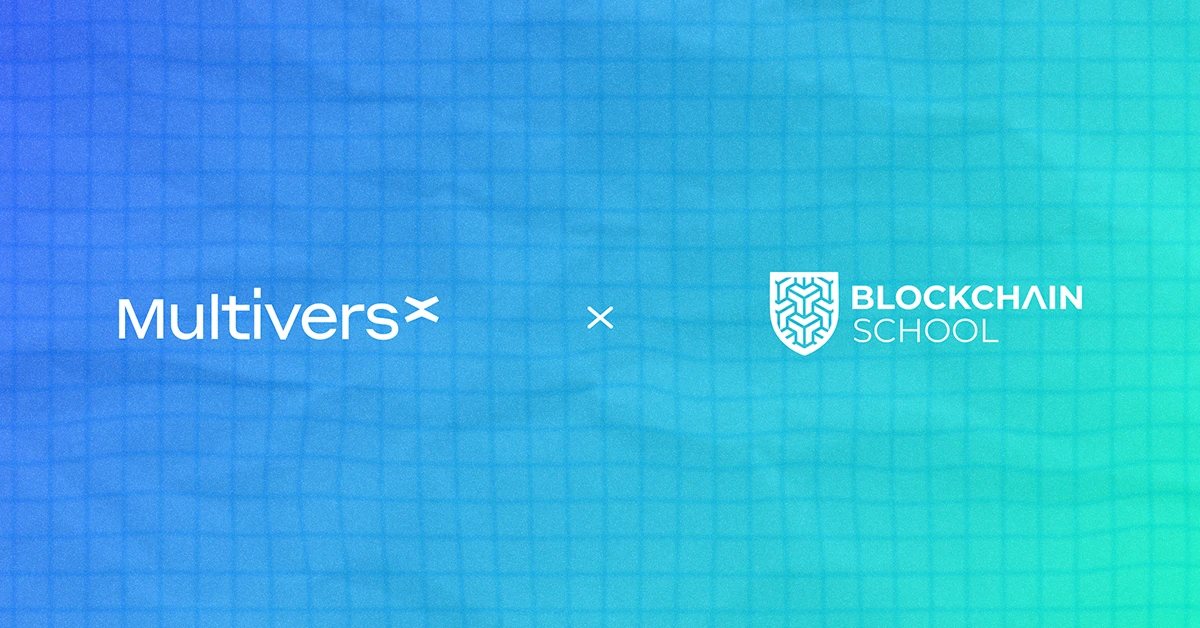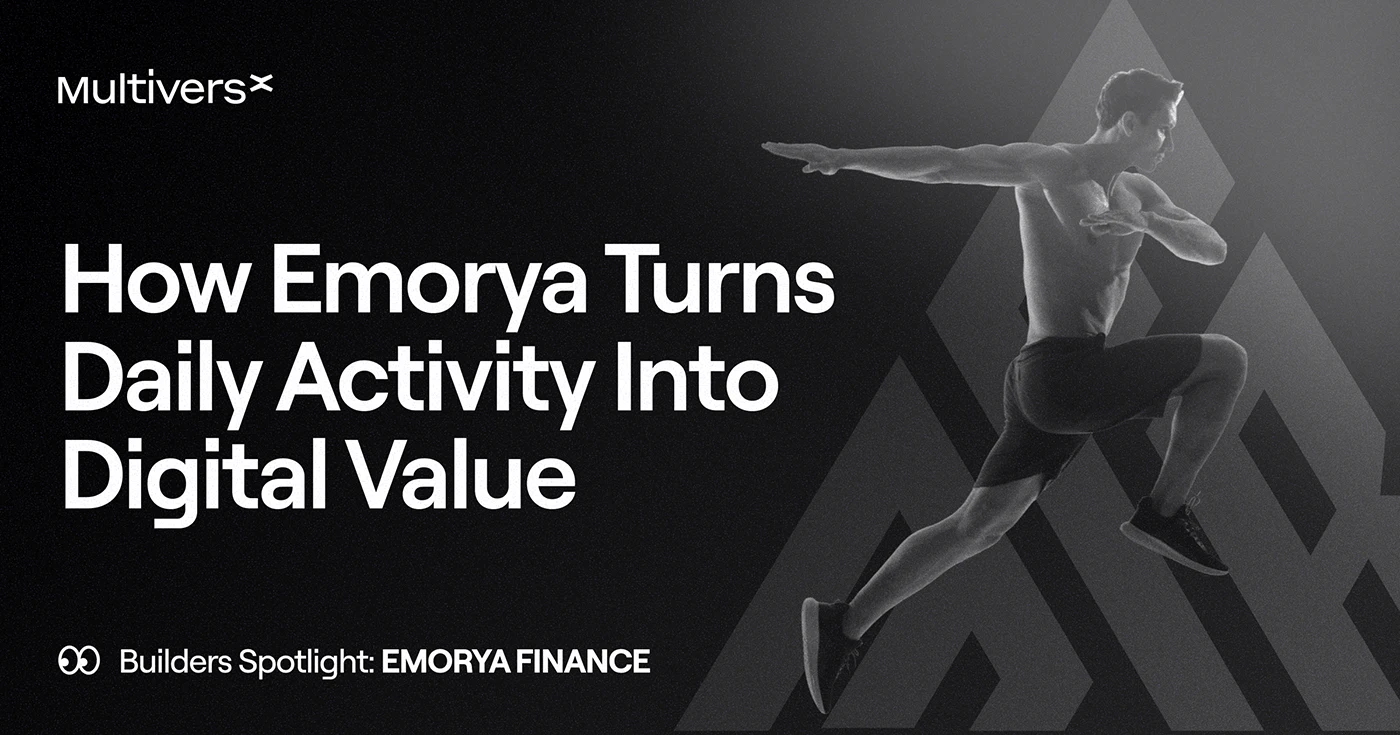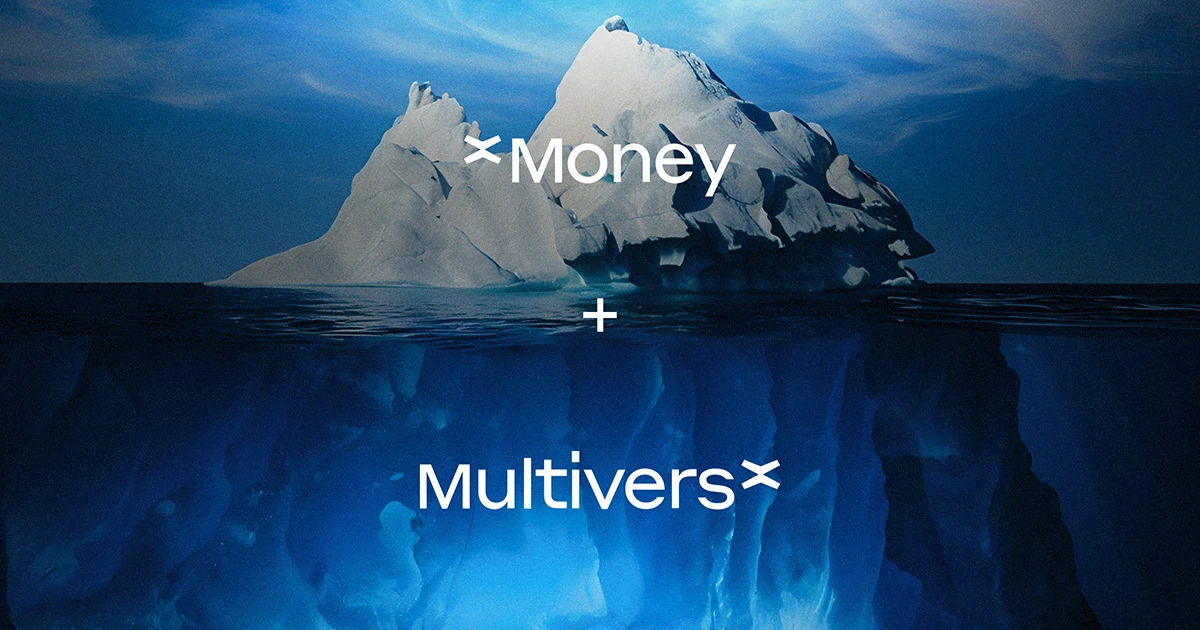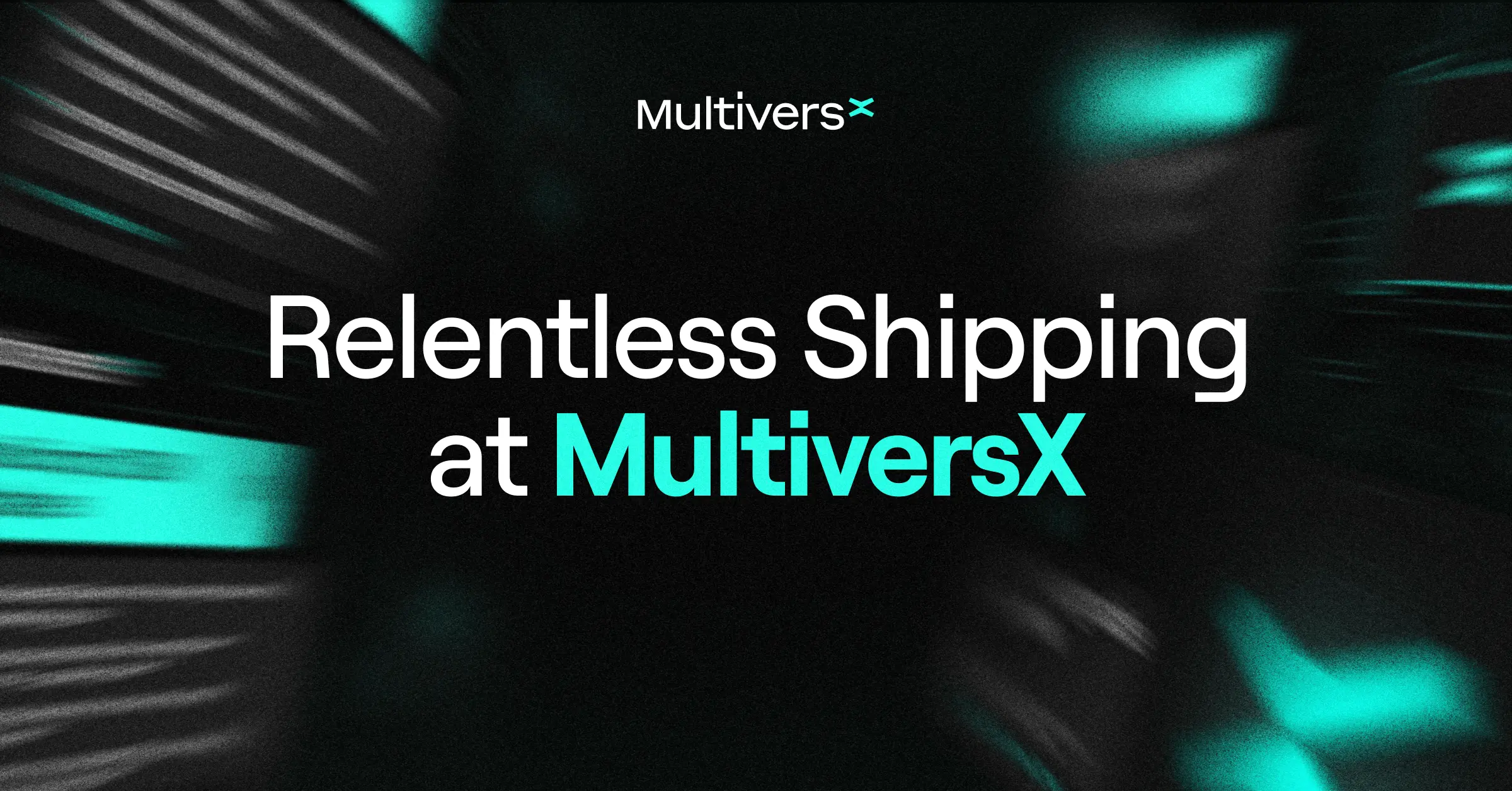



Builders Hub
Build the future, today.
Create the next generation of Web3 applications.
Now is our time. There are no shortcuts, and no excuses.
Builder Tools & Resources
Whether you’re new to Web3, new to MultiversX or a seasoned builder, these tools will help get your project off the ground.

Apps
MultiversX Wallet
The blockchains’ starting point, get your wallet in minutes.

Developer Tools
Playground
Playground for contracts and dApps, shaped as a devcontainer for GitHub Codespaces or Visual Studio Code.
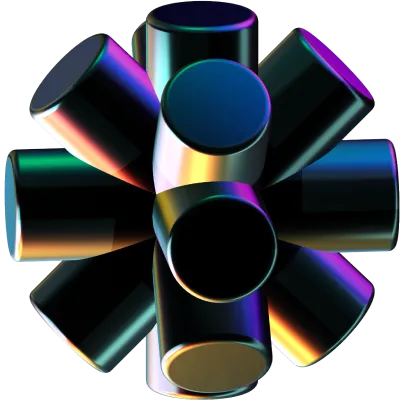
Developer Tools
Testnet / Devnet


Infrastructure
BigQuery
Blockchain data available through the Google Cloud Marketplace.

Infrastructure
Time Machine
Query the entire trie data.
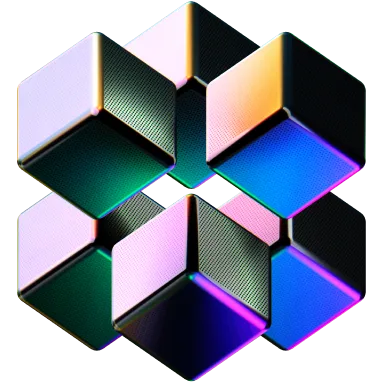
Developer Tools
Javascript SDK
Interact with the blockchain from a browser.

Adaptive State Sharding
The first to present a viable solution where all three aspects of sharding are live

Secure Proof of Stake
Energy-efficient consensus mechanism with provable security guarantees

WASM-based Virtual Machine
Fast and secure VM
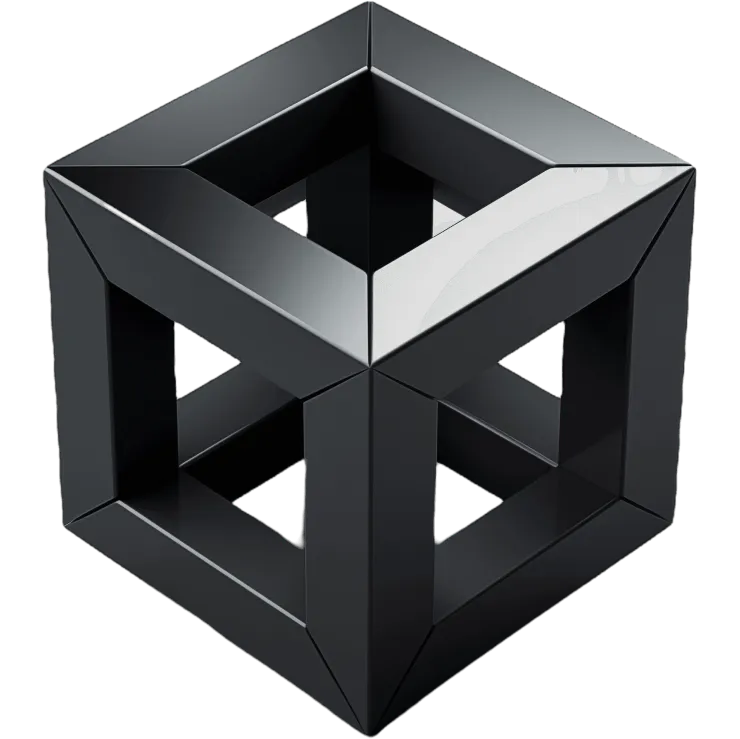
High Resiliency
Engage the developer community
Discover the places where the community gathers and the live community sessions happening.
Discord Server
Connect with other developers building on MultiversX
Telegram Server
Connect with other MultiversX Builders
Stack Overflow
Get answers to technical questions
More resources:
Stay up to date and join our live sessions
Momentum Podcast is a live-streamed, interactive show designed to provide insights into the latest developments in the MultiversX ecosystem. The show will feature discussions on blockchain technology, ecosystem growth, and Web3 related trends while fostering engagement with the broader community.
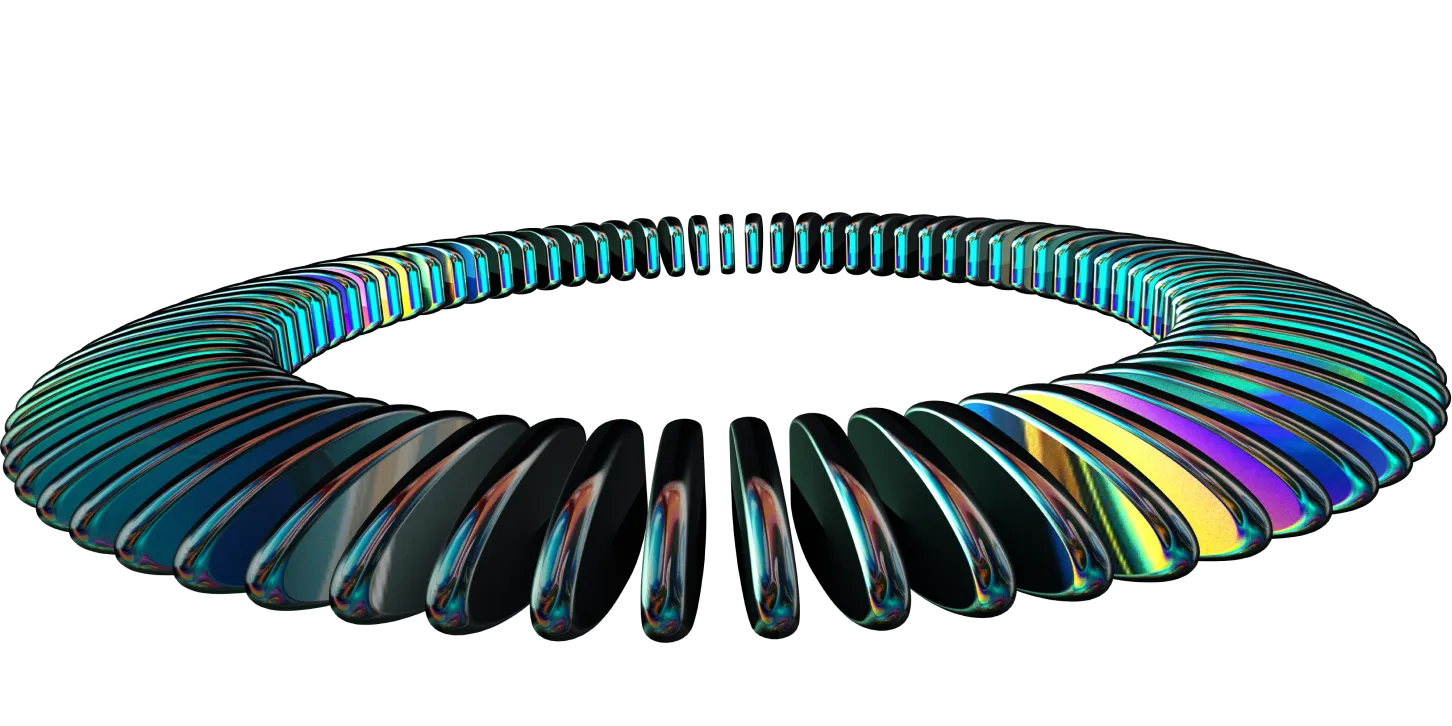
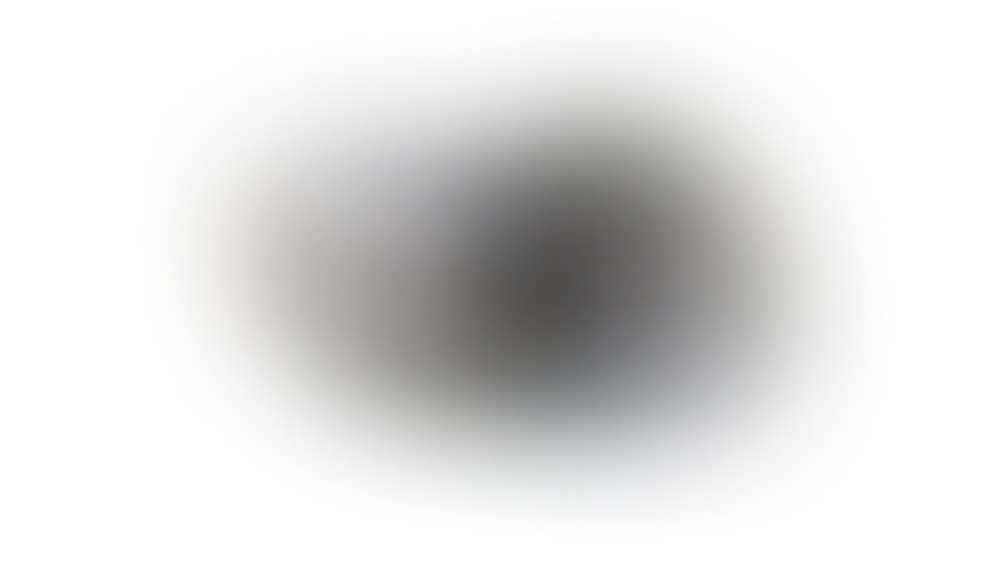
Build and get support to succeed
Start building with confidence as you tap into a network of experts ready to guide you every step of the way.
Get answers to technical questions
Ask Question on StackOverflow
Developer Office Hours
Submit your technical question
Or join our developer community on Discord or Telegram for support.

Grow and accelerate
Discover the places where the community gathers and the live community sessions happening.
Raise funds and grow
Get into an incubator or acceleration program run by ecosystem partners.
Get expert help and capital to scale and commercialize your products.
Find a VC
VCs
Raise capital through the Growth Engine for Web3
Join a Launchpad
Launchpads
MultiversX Releases
Improvements are the name of the game and we constantly upgrade our tech stack across the protocol, API, and developer tooling.
